In the depth of a New York winter and in desperate need of some sun, we looked up destinations that would be budget friendly, easy to get to, and that would allow us to shed our winter coats in favor of sunscreen. On a whim, and with minimal prior research, we bought tickets to the Yucatan peninsula.

Mexico has many different stories, a diverse set of narratives, some of which challenge common perceptions, others which reinforce them. With the increase in rhetoric labeling Mexico as the unpleasant estuary trickling into America’s southern border, it is an important moment to take the time and consideration to explore Mexico with the depth it deserves, as a complex country of 127 million rather than as a convenient stereotype. In 2016, the New York Times endorsed Mexico City as the #1 travel destination, and in the last few years, cities in Mexico have consistently ranked as top travel destinations in US News and World Report, Forbes, Lonely Planet, Travel + Leisure, and more. Mexico is thriving.
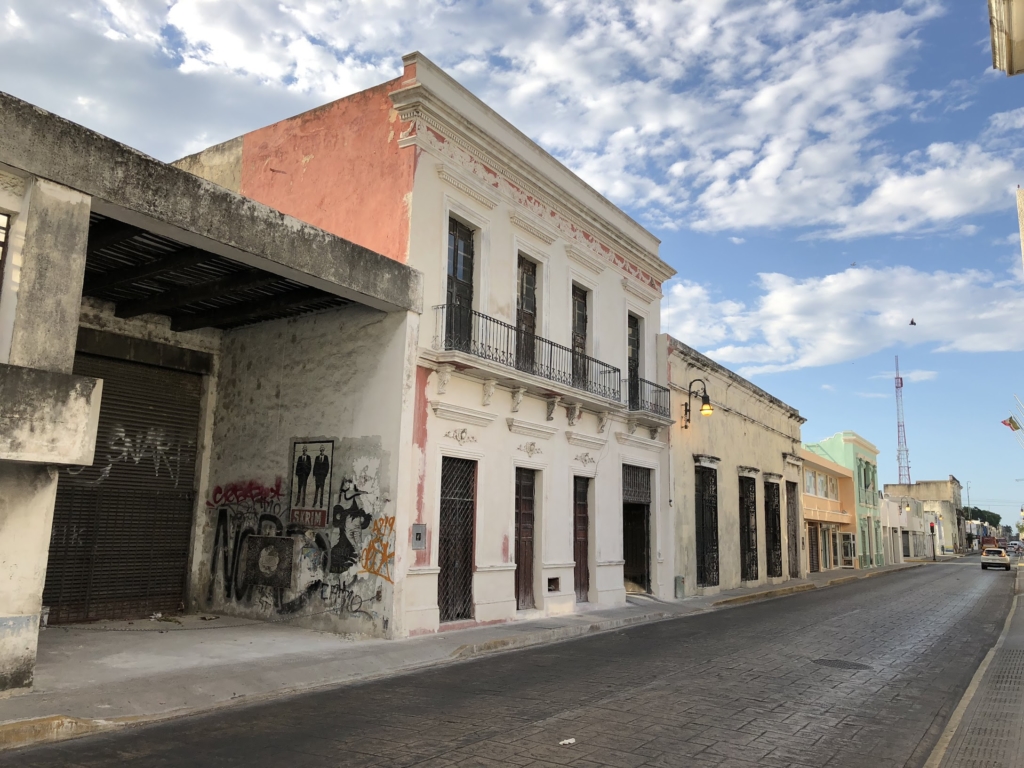
We spent a lovely long weekend in Merida, the capital of Yucatan, which is is an underrated gem in the region usually a travel destination looked over by Americans. For those who aren’t lured by the towering luxury hotels of Cancun, a trip three hours west by car yields a much different kind of vacation. Merida is sleepy, saturated, and unpretentious. The brightly painted buildings glow pink, purple, orange in the afternoon sun and gives evidence of past glory. Today, the plaster of those great homes is flaking off, imbuing the city with a rustic, dilapidated splendor. Merida flourished at different points throughout the last few hundred years, with Merida housing more millionaires per capita than any other city on earth (so it is said), and that story is told in the city’s architecture. One-story concrete buildings with cracks around the door frames sit next to grand 19th century houses that look as if they’ve been directly transported from Seville. Large plazas are places of refuge under the shade of Royal Palm trees, and the fresh ceviche serves as a cooling refreshment in the 90 degree heat of April. Treat yourself to a mezcal cocktail before browsing the stalls at Parque de Santa Ana, where you can find intricate silver jewelry, woven bags, wood carvings, and tempting local food.
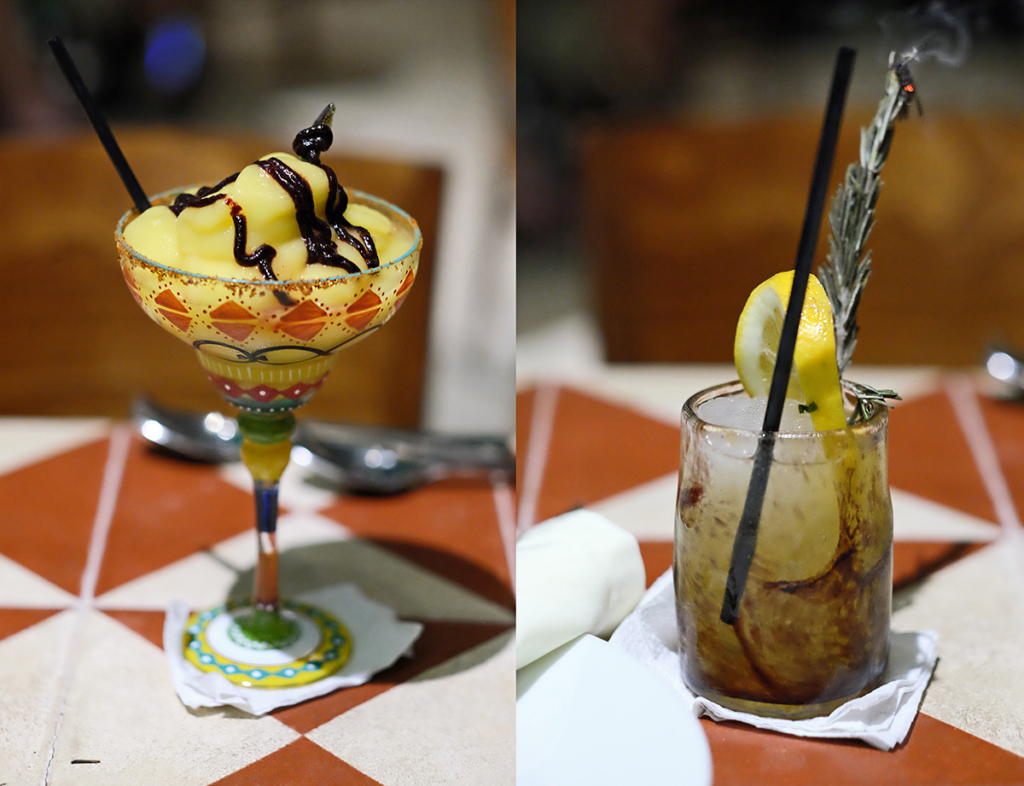
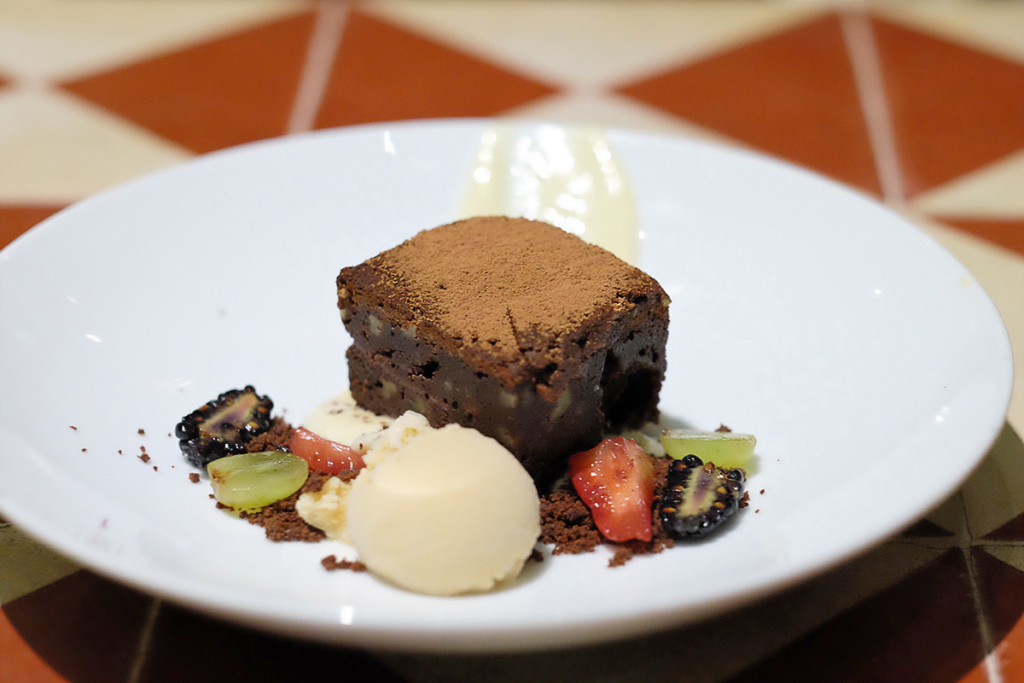
For an upscale hospitality experience, Coqui Coqui Perfumerie is a must. Coqui Coqui is many things: boutique hotel with one room, spa, perfumery, chocolatier, tea house, and curator of high quality local goods, all in an impeccably designed space fusing old European sensibilities with the warmth of the Yucatan. It’s the time to snack on some coffee-infused honey toasts alongside rose tea as you pick out a hand-woven hammock, before your avocado facial. It’s worth going in to just witness a conceptual design store at the highest level. After our coffees and a long chat with Vanessa, one of the proprietors, who instructed us on the right way to sleep in a hammock, I walked out with a pair of suede sandals and a mustard scarf.
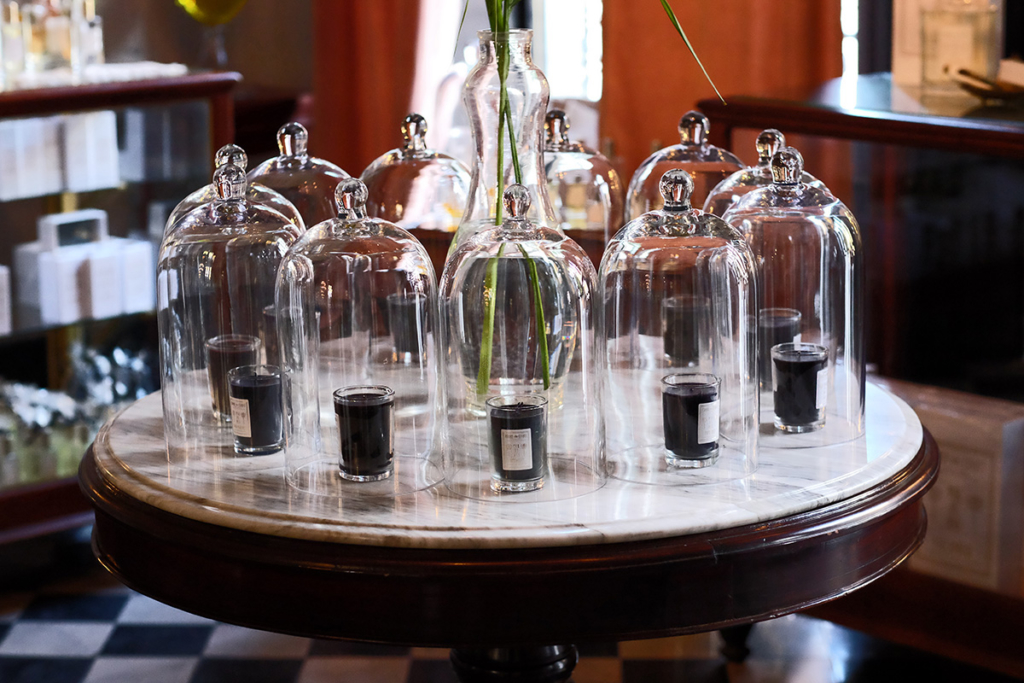
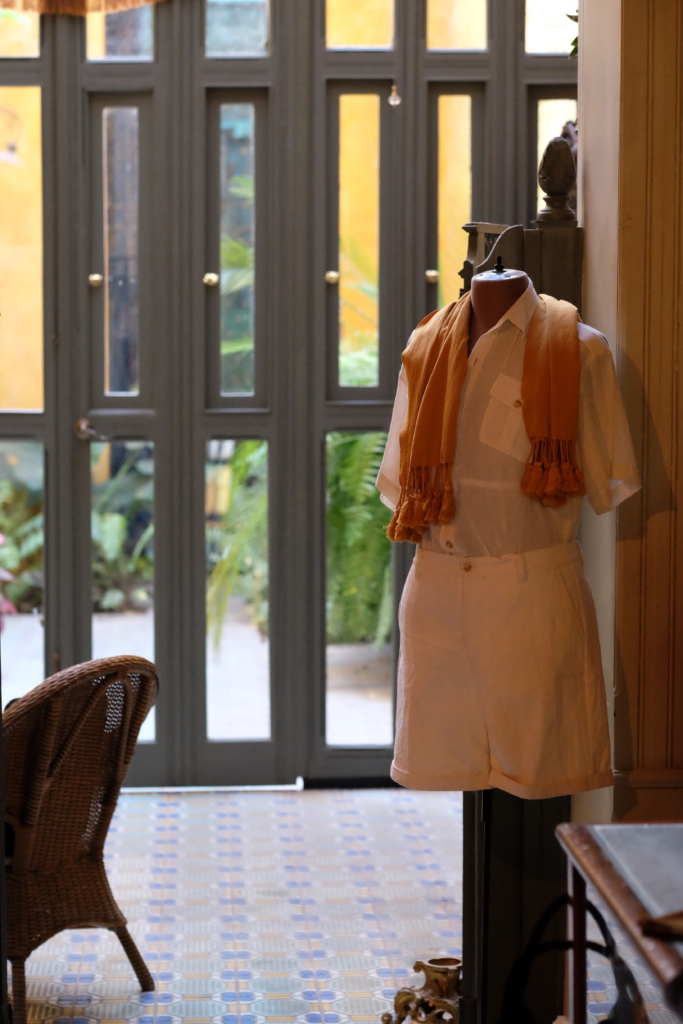
A block away, stop in Kukul, which specializes in fashion made by local artisans. Here, you can find summer bags, dresses made with Oaxaca fabric, or a shirt embroidered with yarn from Guadalajara. The store’s limited selection of home textiles is also top notch, featuring tablecloths and runners. There is limited stock of each item, so if you like something, grab it.
For lodging, Merida has many excellent choices. If you’re looking to splurge, and are lucky enough to be able to nab the one hotel room at Coqui Coqui do it for an unforgettable experience. For the rest of us, there is a wide selection of high quality and affordable hotels in the city. We stayed at Hotel Casa de Camposampiero, an intimate bed and breakfast just north of the city, and were thrilled with our decision. I’ll be dreaming about the three-course leisurely breakfasts we enjoyed there as I’m back to my usual routine in cold, gray New York, grabbing a granola bar and a multivitamin as I’m rushing out the door.
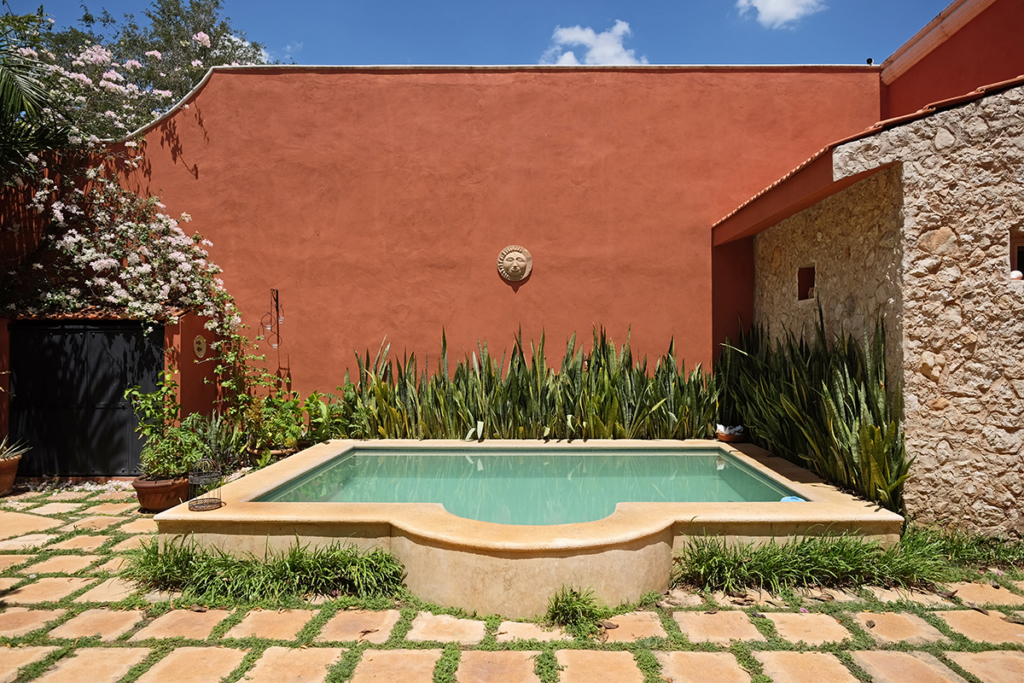
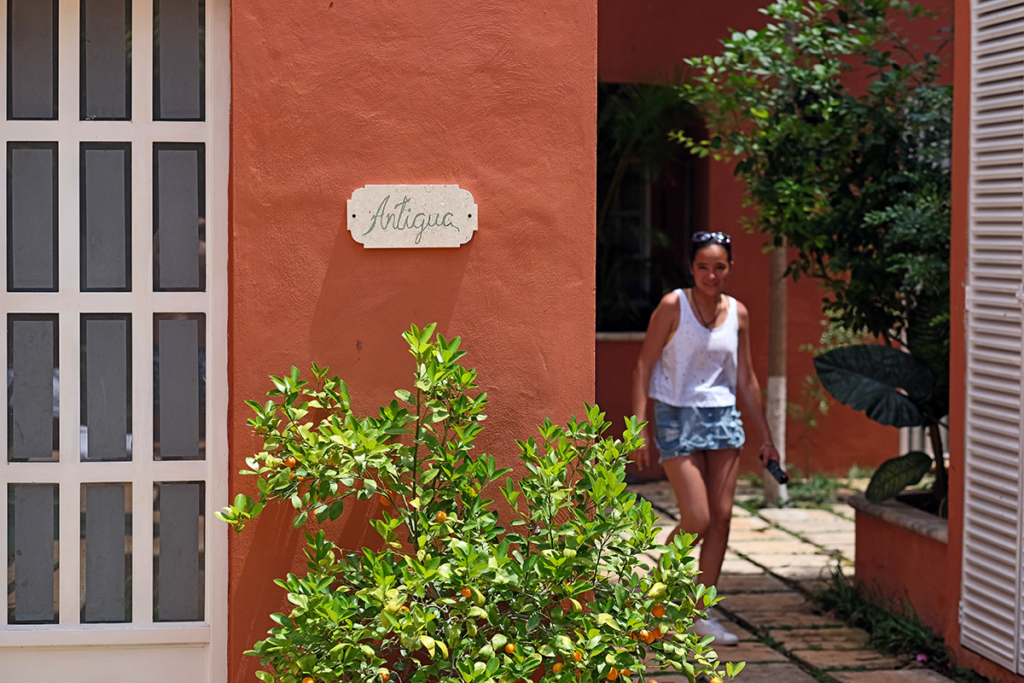
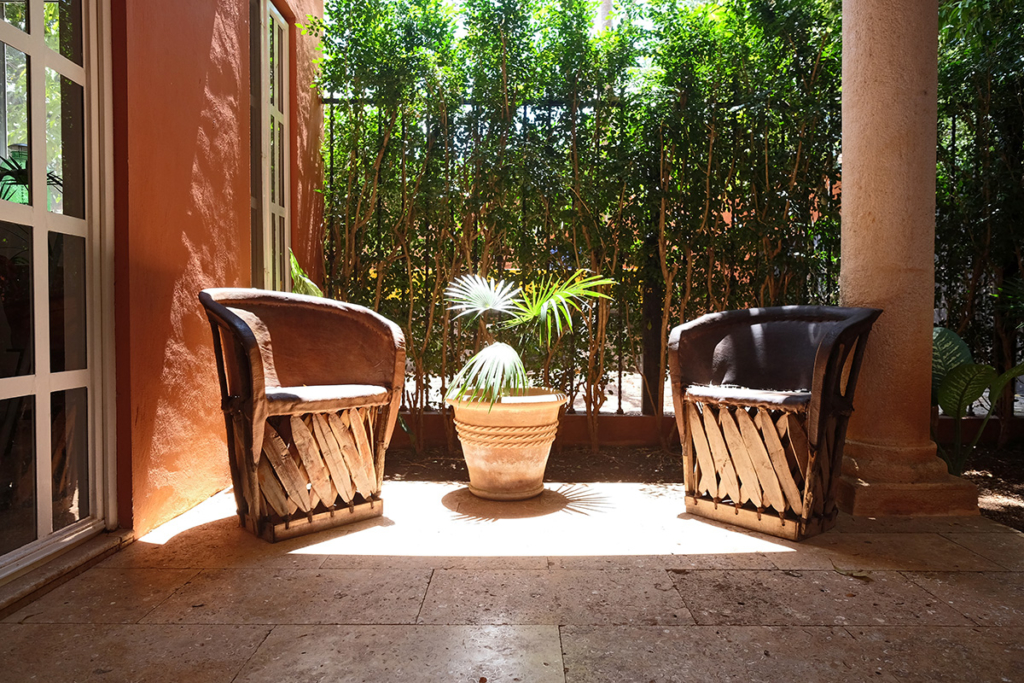
Food options in Merida were also exceptional, though as one of our waiters cautioned us, “be prepared to go back with a few extra pounds.” For fine dining, go to Nectar, which boasts culinary talent from New York City’s legendary Per Se, and local ingredients as the grounding for every dish. Try the Cebollas Negras , delicately deep fried onions with a mayonnaise filling that defies physics (the fanciest onion rings on the planet). The tasting menu is also exceptional, as well as being a bargain: the 5 course menu, plus wine, is an incredible deal at under $50 USD.

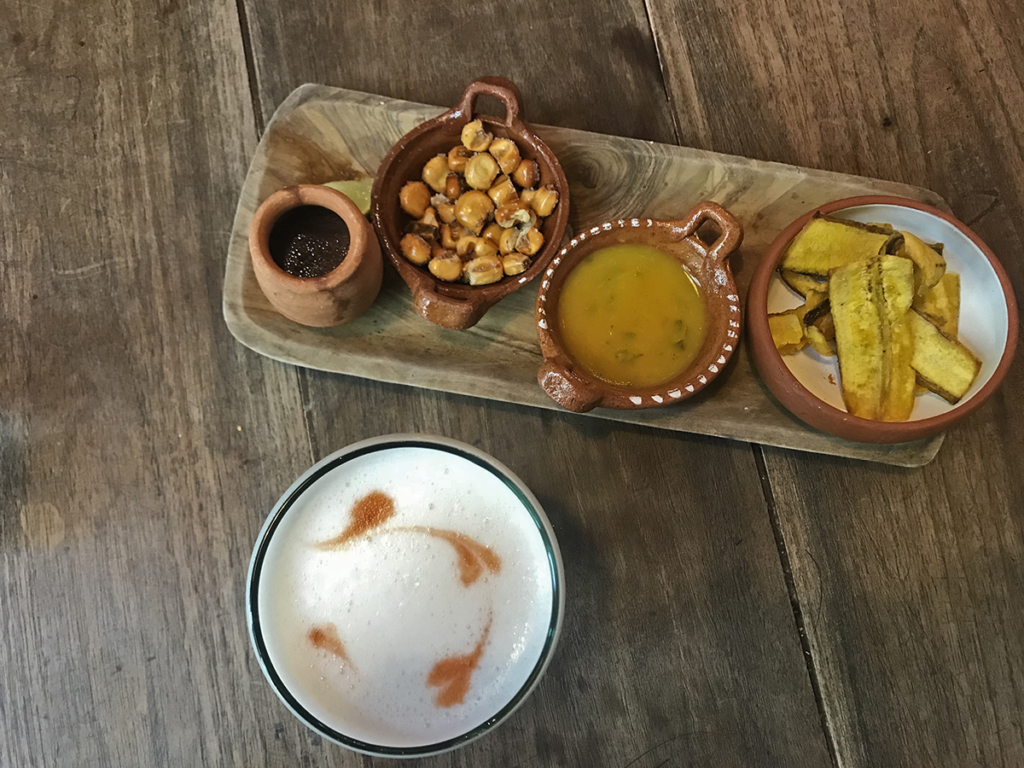
For a more local sit-down experience, try La Chaya Maya, consistently rated as the most popular Mexican restaurant in Merida. This popularity is for good reason; at La Chaya Maya you can find all the local dishes expertly made, in an approachable menu. This is a great place to try Conchita Pibil, pork stewed in sour orange. Go for a late lunch; Chaya Maya is a favorite among tourists and locals alike, so dinnertime gets packed.
To eat more locally, know that Merida is divided into a dozen neighborhoods, each of which with their own food market. This is where you can find a plethora of options for hyper-local specialties.
We also enjoyed Apoada, which has open-air seating and spills onto one of the squares near the center of town and has excellent higher end options for food and cocktails. If you go, you try the zucchini flowers stuffed with Oaxacan cheese, and pair it with their take on a Mezcal-based pisco sour. If you’re more in the mood for ceviche, while Apoada’s is excellent, you can also cross the street and eat at Peruano, which specializes in ceviche.
Getting there: Fly right into Merida International Airport (MID) for the most direct route. It’s also 3 hours west of Cancun by highway.
Safety: Merida is the safest city in Mexico, and one of the safest in the Americas, period. That said, exercise a reasonable amount of caution.
